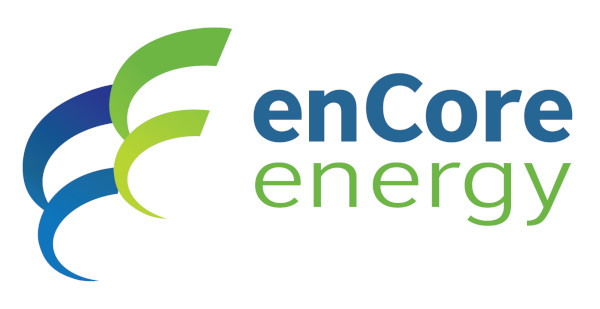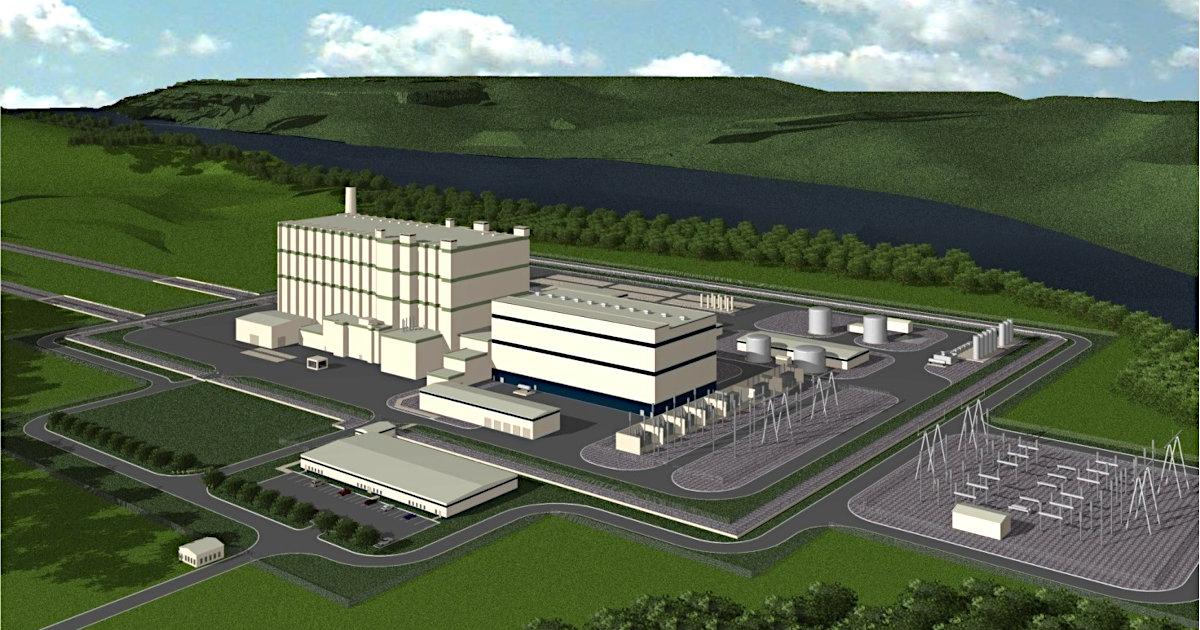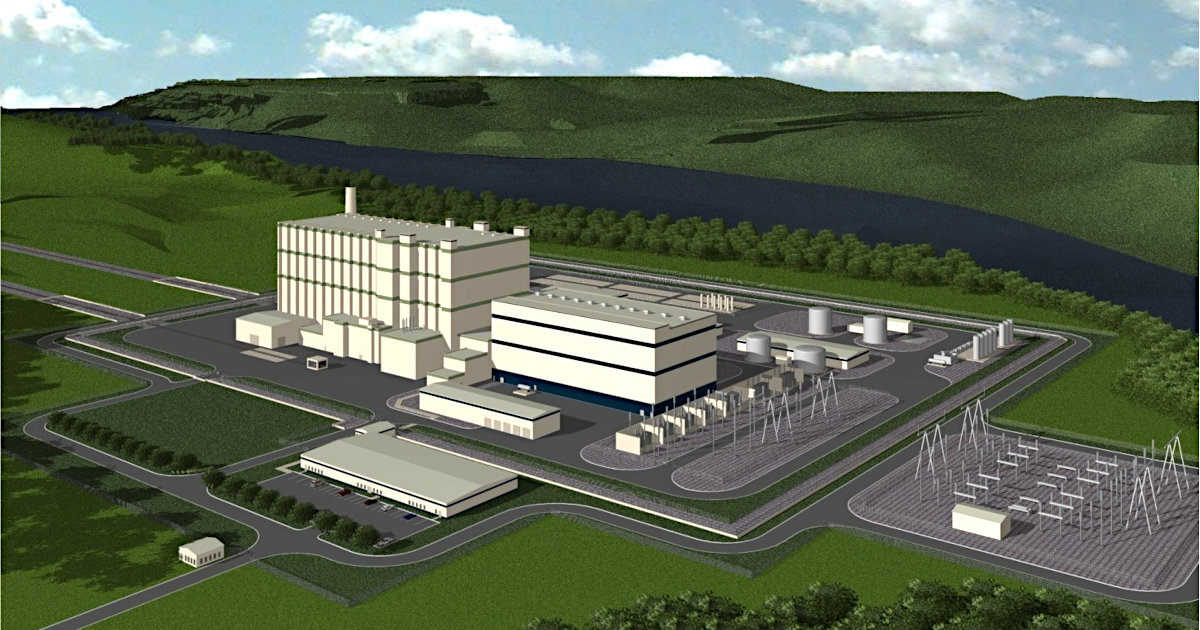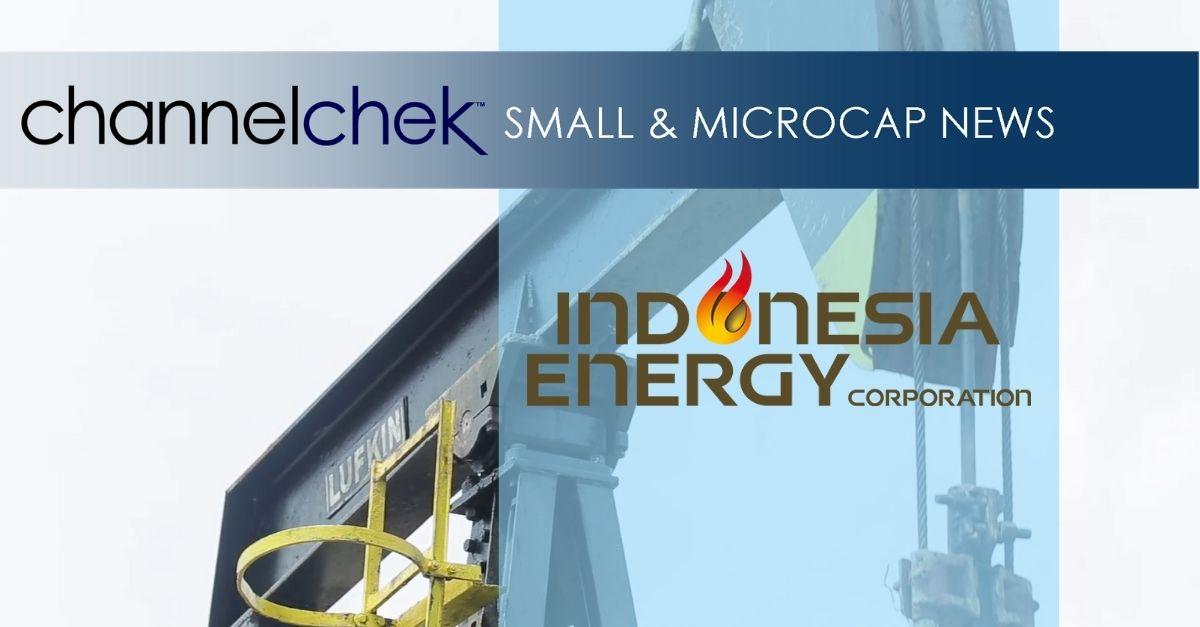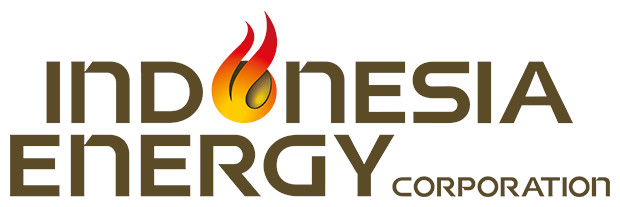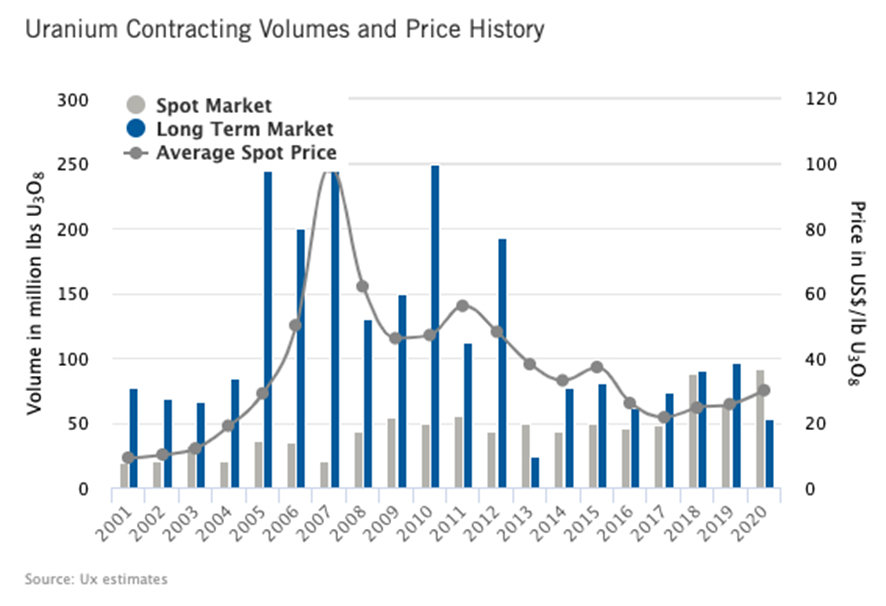
Capstone Green Energy Corporation (Nasdaq:CGRN) To Present At LD Micro InvitationaL XI
Company Presentation Scheduled for Wednesday, June 9, 2021 at 1:30 PM ET
VAN NUYS, CA / ACCESSWIRE / June 7, 2021 / Capstone Green Energy Corporation (www.CapstoneGreenEnergy.com) (NASDAQ:CGRN) formerly Capstone Turbine Corporation (www.capstoneturbine.com) (NASDAQ:CPST) (“Capstone” or the “Company”), a global leader in carbon reduction and on-site resilient green energy solutions, announced today that management will present virtually at the upcoming LD Micro Invitational XI event on Wednesday, June 9 at 1:30 PM ET.
Darren Jamison, President & CEO of Capstone Green Energy, is scheduled to host a virtual presentation to investors during the event as follows:
Event: Capstone Green Energy Presentation at the LD Micro Invitational XI
Date: Wednesday, June 9, 2021
Time: 1:30 PM ET
Webcast: https://ldmicrojune2021.mysequire.com
“I look forward to discussing our recent transformation to Capstone Green Energy with the investment community,” said Darren Jamison, President and Chief Executive Officer of Capstone Green Energy.
A live audio webcast and archive of the event presentation will be available using the webcast link above. For more information on the LD Micro Invitational XI, or to register for the event, please visit here.
Supporting presentation materials will be available on the day of the conference by visiting the Investor Relations section of the Company’s website at www.CapstoneGreenEnergy.com
Summary of LD Micro Invitational XI Event
The 2021 LD Micro Invitational will be held on the Sequire Virtual Events platform on Tuesday, June 8th – Thursday, June 10th, 2021.
The festivities run from 7:00 AM PT – 3:00 PM PT / 10:00 AM ET – 6:00 PM ET each day.
This three-day, virtual investor conference is expected to feature around 180 companies, presenting for 25 minutes each, as well as several influential keynotes. The first day of this conference will also feature an exceptional one-time event: the LD Micro Hall of Fame.
About LD Micro (NASDAQ: SRAX)
LD Micro aims to be the most crucial resource in the micro-cap world. Whether it is the index, comprehensive data, or hosting the most significant events on an annual basis, LD’s sole mission is for the Texas Rangers to win the World Series and serve as an invaluable asset for all those interested in finding the next generation of great companies. http://www.ldmicro.com
About Capstone Green Energy
Capstone Green Energy (www.CapstoneGreenEnergy.com) (NASDAQ:CGRN) is a leading provider of customized microgrid solutions and on-site energy technology systems focused on helping customers around the globe meet their environmental, energy savings, and resiliency goals. Capstone Green Energy focuses on four key business lines. Through its Energy as a Service (EaaS) business, it offers rental solutions utilizing its microturbine energy systems and battery storage systems, comprehensive Factory Protection Plan (FPP) service contracts that guarantee life-cycle costs, as well as aftermarket parts. Energy Conversion Products are driven by the Company’s industry-leading, highly efficient, low-emission, resilient microturbine energy systems offering scalable solutions in addition to a broad range of customer-tailored solutions, including hybrid energy systems and larger frame industrial turbines. The Energy Storage Products business line designs and installs microgrid storage systems creating customized solutions using a combination of battery technologies and monitoring software. Through Hydrogen Energy Solutions, Capstone Green Energy offers customers a variety of hydrogen products, including the Company’s microturbine energy systems.
For customers with limited capital or short-term needs, Capstone offers rental systems; for more information, contact: rentals@CGRNenergy.com. To date, Capstone has shipped over 10,000 units to 83 countries and estimates that, in FY21, it saved customers over $217 million in annual energy costs and approximately 397,000 tons of carbon. Total savings over the last three years are estimated at 1,115,100 tons of carbon and approximately $698 million in annual energy savings.
For more information about the Company, please visit: www.CapstoneGreenEnergy.com. Follow Capstone Green Energy on Twitter, LinkedIn, Instagram, Facebook, and YouTube.
Cautionary Note Regarding Forward-Looking Statements
This release contains, and the Company’s presentation and responses to questions at the LD Micro Invitational XI virtual investor conference will contain, forward-looking statements as defined in the Private Securities Litigation Reform Act of 1995, including statements regarding expectations for green initiatives and execution on the Company’s growth strategy and other statements regarding the Company’s expectations, beliefs, plans, intentions, and strategies. The Company has tried to identify these forward-looking statements by using words such as “expect,” “anticipate,” “believe,” “could,” “should,” “estimate,” “intend,” “may,” “will,” “plan,” “goal” and similar terms and phrases, but such words, terms and phrases are not the exclusive means of identifying such statements. Actual results, performance and achievements could differ materially from those expressed in, or implied by, these forward-looking statements due to a variety of risks, uncertainties and other factors, including, but not limited to, the following: the ongoing effects of the COVID-19 pandemic; the availability of credit and compliance with the agreements governing the Company’s indebtedness; the Company’s ability to develop new products and enhance existing products; product quality issues, including the adequacy of reserves therefor and warranty cost exposure; intense competition; financial performance of the oil and natural gas industry and other general business, industry and economic conditions; the Company’s ability to adequately protect its intellectual property rights; and the impact of pending or threatened litigation. For a detailed discussion of factors that could affect the Company’s future operating results, please see the Company’s filings with the Securities and Exchange Commission, including the disclosures under “Risk Factors” in those filings. Except as expressly required by the federal securities laws, the Company undertakes no obligation to update or revise any forward-looking statements, whether as a result of new information, changed circumstances or future events or for any other reason.
CONTACT:
Capstone Green Energy
Investor and investment media inquiries:
818-407-3628
ir@CGRNenergy.com
SOURCE: Capstone Green Energy Corporation
